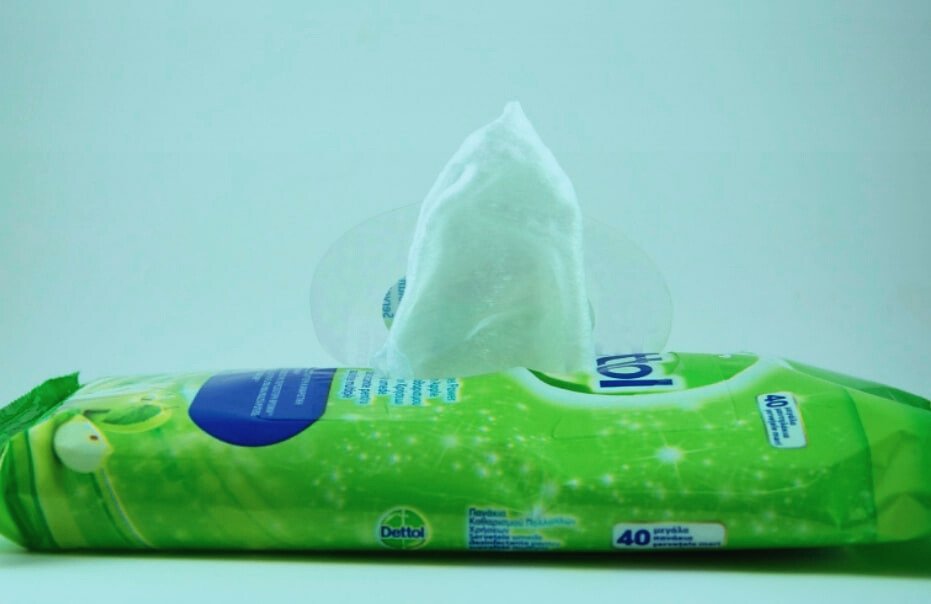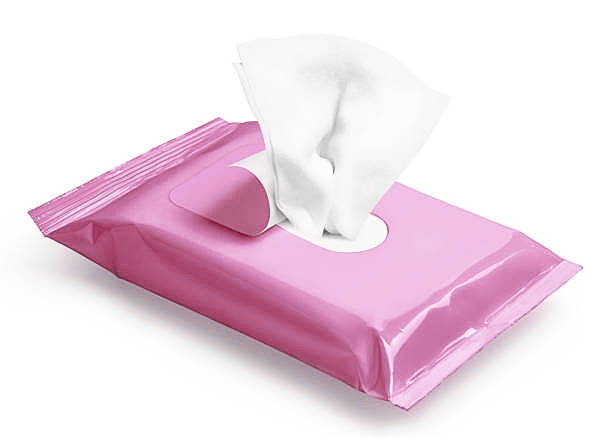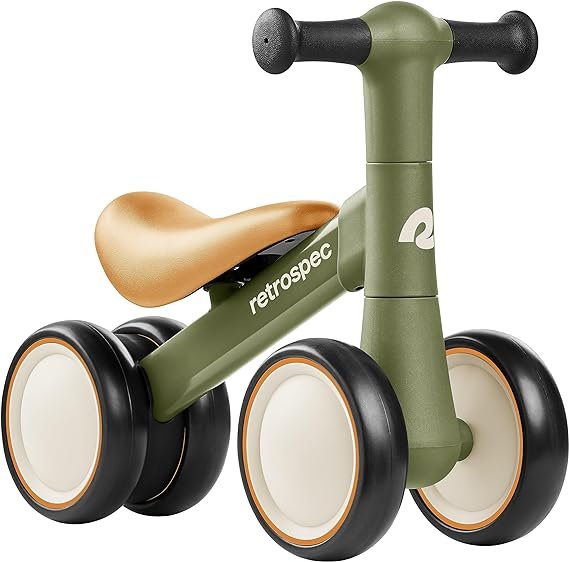Here’s a breakdown of their key features
Material
They can be made from various materials, including paper, non-woven fabrics, and even natural fibers. The type of material affects their softness, absorbency, and durability.
From Fabric to Plastic
The Evolution of Wet Tissues
The history of wet tissues dates back to the 19th century when they were made from cloth and soaked in various cleansing solutions. However, it wasn’t until the 1960s that modern, disposable wet wipes made from non-woven fabrics like spun lace or polypropylene gained popularity. These offered convenience and portability, quickly becoming a household staple.
Moisture
Wet wipes are pre-moistened with a solution that often consists primarily of water. Still, they may also include additional ingredients like aloe vera, alcohol, or fragrances depending on the purpose and brand.
Uses of Wet Tissue
Personal Hygiene
From cleaning hands and faces on the go to freshening up after exercise, wet wipes offer a convenient solution for personal hygiene, especially when soap and water aren’t readily available.
Household cleaning
Wiping down surfaces, removing dust and grime, and cleaning up spills.
Medical and healthcare
Disinfecting surfaces, cleaning wounds, and providing personal hygiene for patients.
First aid
Wet wipes can be used to clean minor cuts, scrapes, and wounds. They can also be used to cool down a sunburn.
Other uses of wet tissue
Makeup Removal
Forget harsh makeup removers! Some wet wipes or wet tissue are specifically formulated to gently remove makeup, even waterproof mascara, leaving your skin feeling refreshed.
Benefits
Wet wipes offer several advantages over traditional methods of cleaning
Convenience
They are readily available, portable, and require no additional water or soap.
Hygiene
They can help to remove bacteria and germs from surfaces and skin.
Gentleness
Many wipes are formulated to be gentle on skin and surfaces.
Beyond the basics of Wet Tissue
Wet wipes have ventured beyond their traditional roles
Travel essentials
Compact and convenient, they’re perfect for cleaning spills, freshening up on long journeys, or providing a quick wipe-down in unfamiliar environments.
Festival must-haves
From cleaning muddy shoes at music festivals to keeping hands germ-free in crowded spaces, wet wipes are a lifesaver for outdoor events.
Eco-conscious choices: Look for biodegradable wipes made from recycled materials to minimize environmental impact.
Considerations
Ingredients
Be mindful of the ingredients in wet wipes, especially if you have sensitive skin or are concerned about environmental impact.
Flushability
Not all wet wipes are flushable, so check the packaging before disposing of them.
Sustainability
Some wet wipes are made from biodegradable materials, which is a more environmentally friendly option.
Surface Cleaning
From countertops and tables to doorknobs and electronics, wet wipes can come in handy for quick cleaning tasks around the house.
Remember
Responsible of use
By choosing biodegradable wipes, disposing of them properly, and minimizing their use when alternatives are available, you can mitigate the negative impacts of wet tissues.
Alternatives
Consider reusable cloths, handkerchiefs, or water bottles with spray nozzles for specific cleaning tasks, reducing reliance on wet wipes.
Choose the right wipe
Match the wipe to the task. Baby wipes are gentle for the skin, while disinfectant wipes are better for surfaces.
Read the label
Be aware of ingredients, especially for sensitive skin.
Dispose responsibly
Don’t flush wipes! Throw them in the trash to avoid clogging the plumbing.
Not a replacement
While convenient, wet wipes shouldn’t replace thorough handwashing with soap and water.
Environmental Impact
Non-biodegradable
Many wet wipes contain plastic fibers that don’t biodegrade easily, contributing to landfill waste and microplastic pollution. Look for wipes labeled “biodegradable” or “compostable” to minimize this impact.
Flushing problems
Flushing wipes, even if labeled “flushable,” can clog sewer systems and cause costly disruptions. Always dispose of wipes in the trash.
Water usage
The production of wet wipes involves significant water usage, contributing to environmental strain. Consider reusable alternatives when possible.
Other drawbacks
Potential for skin irritation
Some wipes contain fragrances or chemicals that can irritate sensitive skin. Opt for fragrance-free and hypoallergenic options.
Not as effective as thorough cleaning
Wet wipes might not be as effective as soap and water for deep cleaning surfaces or removing certain types of messes.
Limited lifespan
Wet wipes start drying out once the package is opened, potentially losing their effectiveness over time.
Cost of Wet Tissue
More expensive than dry alternatives
Compared to traditional tissues or reusable cloths, wet wipes can be more expensive in the long run, especially for frequent use.
Individual packaging
The individual packaging of wipes generates waste, adding to the cost and environmental impact. Consider bulk dispensers or refillable options.
Conclusion
Using Wet Tissues Wisely
Wet tissues offer undeniable convenience and serve various purposes in our daily lives. However, mindful use and responsible disposal are key to minimizing their environmental impact. Opting for reusable alternatives and choosing biodegradable wipes when necessary can help ensure a balanced approach.




